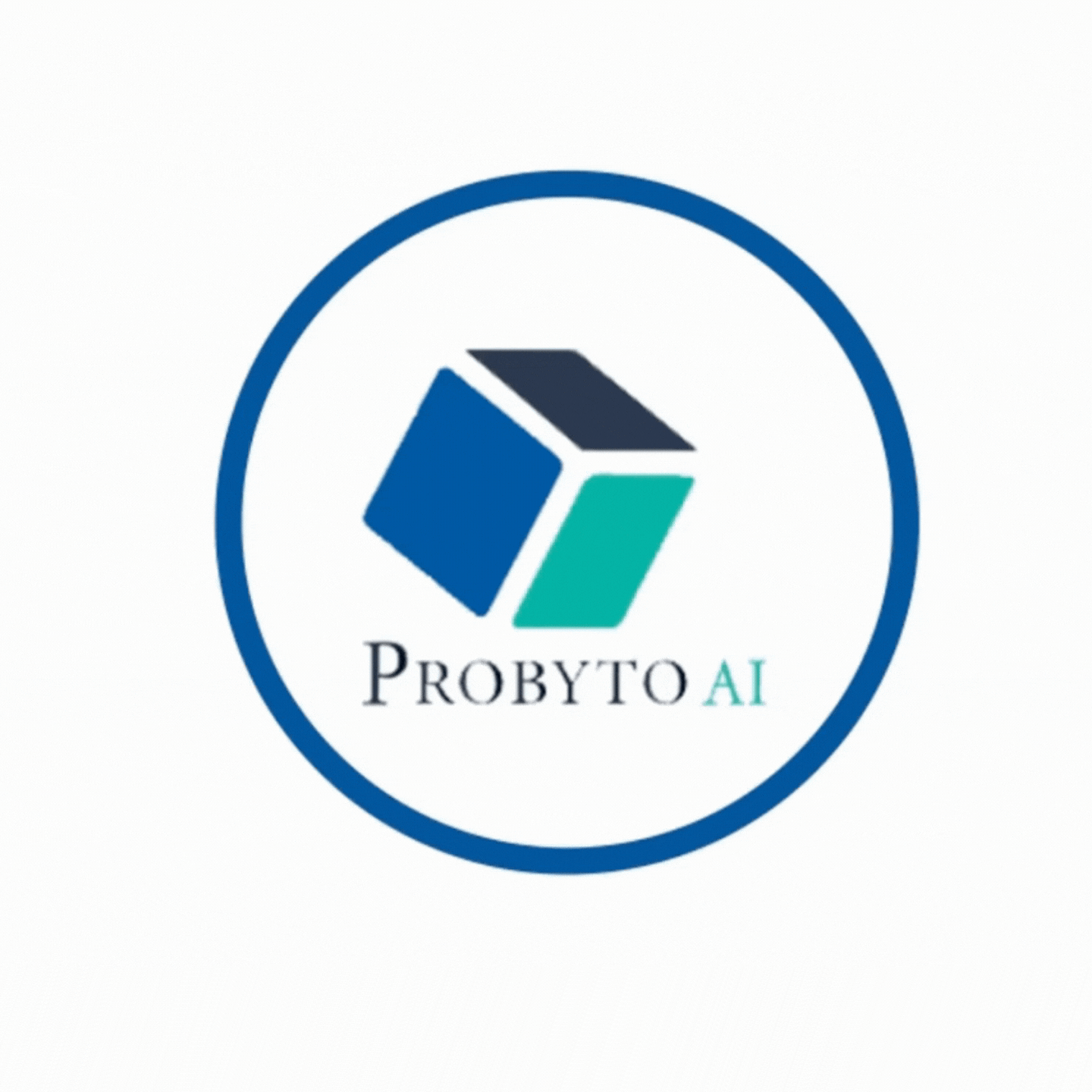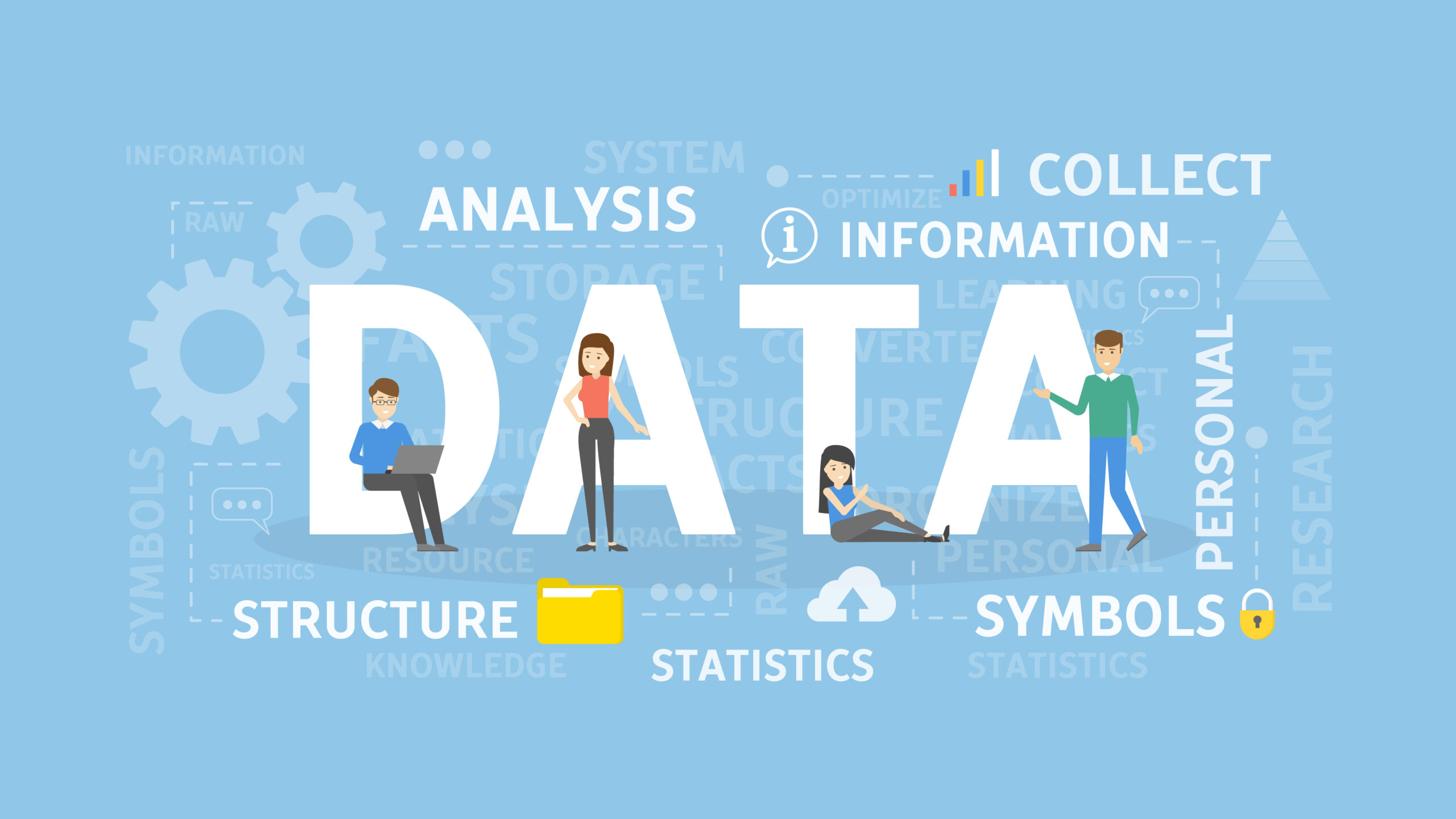The importance of data integration
At the moment, businesses are undergoing rapid transformation as a result of technology advancements and Industry 4.0. Their data must be connected smoothly so they can increase productivity and compete more effectively. In terms of data integration, involves connecting different applications and sources of information to ensure they work together well. To make good decisions and manage your business effectively, you must have this information. In an era where data sources are diverse and systems are increasingly linked, companies are faced with new challenges.
Integrated Data Management - Today's Situation
Data integration currently uses EDI (Electronic Data Interchange) as the primary method of sharing formatted data between organizations. There has been a significant increase in the types and formats of data used in modern practices. It is still necessary to overcome certain challenges. The fact that many companies use old systems makes connecting them to new technologies difficult. It is common for information to get trapped in silos, where it doesn’t flow smoothly and isn’t accessible. The use of old integration methods may prove inefficient and susceptible to error when data volumes grow.
The incorporation of data into new applications: current trends and future challenges
There is an emerging trend and technology that can help solve these problems:
- The process of developing APIs for integrations
Data is exchanged and communicated between software applications using APIs (Application Programming Interfaces). Typically, they serve as intermediaries between these applications, defining how they interact with each other. Businesses can connect different technologies more easily with APIs owing to the fact that they assist in connecting different technologies as well as improving efficiency.
- IoT Integration
There is a wide range of devices that produce a large amount of data that can be connected through the Internet of Things (IoT). Businesses need to integrate this data into their existing systems so that they can take advantage of its value. By using this method, they can provide them with useful information and help them improve their operations.
- There is a strong integration between machine learning and artificial intelligence
AI Data analysis can be brought to a higher level and complex processes can be automated through artificial intelligence and machine learning. Businesses can identify trends, forecast patterns, and make more informed decisions because of these technologies. Machine learning and AI can integrate with data systems to get useful information from large volumes of data.
- The combining of cloud-based services
When you integrate your data with the cloud, you have access to it wherever you are, whenever you want. A company’s resources can be increased or decreased according to its needs.
Moving from on-site integration to cloud solutions not only helps companies reduce infrastructure costs, but also adapt to changing business needs.
- Blockchain Integration
You can exchange data securely and transparently by using blockchain technology. Decentralization and cryptography contribute to the protocol’s integrity, which minimizes the chance that unauthorized access or manipulation will occur. Smart contracts and distributed consensus mechanisms enable the trustworthiness of data transactions.
- Integration with technologies that require little or no coding
Platforms with low-code or no-code simplify integration by enabling non-technical users to build applications without having to write code. Due to their user-friendly interfaces, pre-built templates, and visual development tools, these platforms are very easy to use. It facilitates collaboration between technical and non-technical teams as well as speeding up the development process.
What Industry 4.0 means for business
A key component of Industry 4.0 is the exchange of data and the automation of processes. As smart, interconnected systems become more prevalent, these developments will accelerate. It is essential for supply chains to be integrated so that they can be optimized and manufacturing can be made more intelligent. The ability to view data in real time and to predict the future enables better communication.
Overcoming Integration Challenges
As new integration technologies are adopted, several challenges arise, including compatibility issues, data security concerns, and resistance to change. To overcome these obstacles, businesses need to take the following steps:
- Ensure that existing systems are thoroughly assessed.
- Integration approaches based on modularity should be prioritized.
- Data encryption and access control should be implemented in a strong manner.
- Ensure adaptability through a clear communication process and training programs.
Taking steps to prepare for the future
In order for businesses to remain competitive, they must invest in continuous education to ensure that their teams are familiar with changes in technology. Prioritizing flexible and scalable integration solutions will ensure that the market will be able to adapt to changing market conditions.
Conclusion
In the last few years, data integration has changed rapidly due to new trends and technologies. The business world needs to adapt to these changes if it wants to remain competitive. APIs, artificial intelligence, low-code platforms, and cloud solutions will all be incorporated into data integration in the future. Companies that take advantage of these trends proactive will find new opportunities and overcome challenges as they adopt a culture of learning and flexibility.


